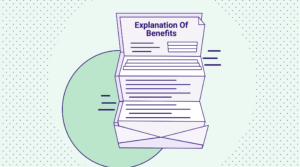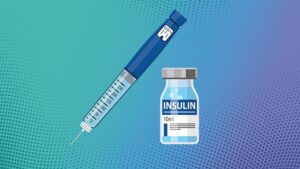How Do I Enroll in Medicare When I Retire?

If you are planning to retire and wondering how to enroll in Medicare, you are not alone. Medicare is a federal health insurance program that covers people who are 65 years of age or older, as well as those with certain disabilities or medical conditions. If you have missed your Initial Enrollment Period, there are still options available to you. In this article, we will explore how to enroll in Medicare when you retire and what to consider when doing so.
Enrolling in Medicare using a Special Enrollment Period (SEP)
If you have missed your Initial Enrollment Period and are retiring at age 67 or later, you can still enroll in Medicare using a Special Enrollment Period (SEP). SEPs are periods of time outside the normal enrollment periods where you can enroll in health insurance. They are typically triggered by specific circumstances.
One such SEP begins when you have coverage from current work (job-based insurance) and you are in your first month of eligibility for Part B. It ends eight months after you lose coverage from current employment because the employment or insurance ends. Using this Part B SEP also means you will not have to pay a Part B late enrollment penalty (LEP).
To use this Part B SEP, you must meet two criteria:
- You must have insurance from current work (from your job, your spouse’s job, or sometimes a family member’s job) or have had such insurance within the past eight months.
- And, you must have been continuously covered by job-based insurance or Medicare Part B since becoming eligible for Medicare, including the first month you became eligible for Medicare.
Note: You can have no more than eight consecutive months without coverage from either Medicare or insurance from current work. You are ineligible for the Part B SEP after going for more than eight months without Part B or job-based insurance.
In most cases, you should enroll in Medicare before losing job-based insurance to avoid gaps in coverage. Remember, even if you use the SEP to avoid a late enrollment penalty, you may still be responsible for any health care costs you incur in the months after losing job-based coverage before your Medicare coverage takes effect. For help timing your Medicare enrollment to ensure it starts immediately after you no longer have job-based insurance, reach out to your human resources department one to two months in advance.
Considerations when enrolling in Medicare
When enrolling in Medicare, it is important to consider your health needs, budget, and personal circumstances. Here are some factors to keep in mind:
- Health needs: Consider your current and future health needs when selecting your Medicare coverage. Original Medicare (Parts A and B) covers hospital and medical expenses, while Medicare Advantage (Part C) plans offer additional benefits such as prescription drug coverage, vision, and dental care. It is important to understand the coverage and costs of each plan to determine which one is best for you.
- Budget: Medicare comes with premiums, deductibles, copayments, and coinsurance, which can add up quickly. Consider your budget when selecting a Medicare plan. For example, Medicare Advantage plans often have lower monthly premiums but higher out-of-pocket costs, while Original Medicare may have higher monthly premiums but lower out-of-pocket costs.
- Personal circumstances: Consider your personal circumstances when enrolling in Medicare. For example, if you travel frequently, you may want to consider a Medicare Supplement plan that offers nationwide coverage. If you have certain health conditions, you may want to select a plan that covers the services and treatments you need.
Frequently Asked Questions
Q: Can I enroll in Medicare if I am still working?
A: Yes, you can enroll in Medicare while still working. However, if you have job-based insurance, you may want to consider the costs and benefits of enrolling in Medicare versus staying on your employer’s plan.
Q: What happens if I miss my Initial Enrollment Period and do not qualify for a Special Enrollment Period?
A: If you miss your Initial Enrollment Period and do not qualify for a Special Enrollment Period, you may have to wait until the next General Enrollment Period to enroll in Medicare. This period runs from January 1 to March 31 each year, and coverage will begin the following month.. However, you may have to pay a late enrollment penalty.
Q: Can I change my Medicare plan after enrolling?
A: Yes, you can change your Medicare plan during certain times of the year. The Annual Enrollment Period (AEP) runs from October 15 to December 7 each year, during which you can switch from Original Medicare to a Medicare Advantage plan, switch from one Medicare Advantage plan to another, or switch from one Part D prescription drug plan to another. Additionally, you can make changes to your Medicare Advantage plan or Part D plan during the Medicare Advantage Open Enrollment Period, which runs from January 1 to March 31 each year.
Enrolling in Medicare when you retire can seem daunting, especially if you have missed your Initial Enrollment Period. However, using a Special Enrollment Period or waiting until the next General Enrollment Period can still provide you with access to this important health insurance program. It is important to consider your health needs, budget, and personal circumstances when selecting a Medicare plan. With careful consideration, you can find a plan that meets your needs and provides you with the coverage you need for a healthy retirement. Speak with the New York Medicare Advisors at Plan Medicare and they will assist you in Medicare enrollment when you retire.






